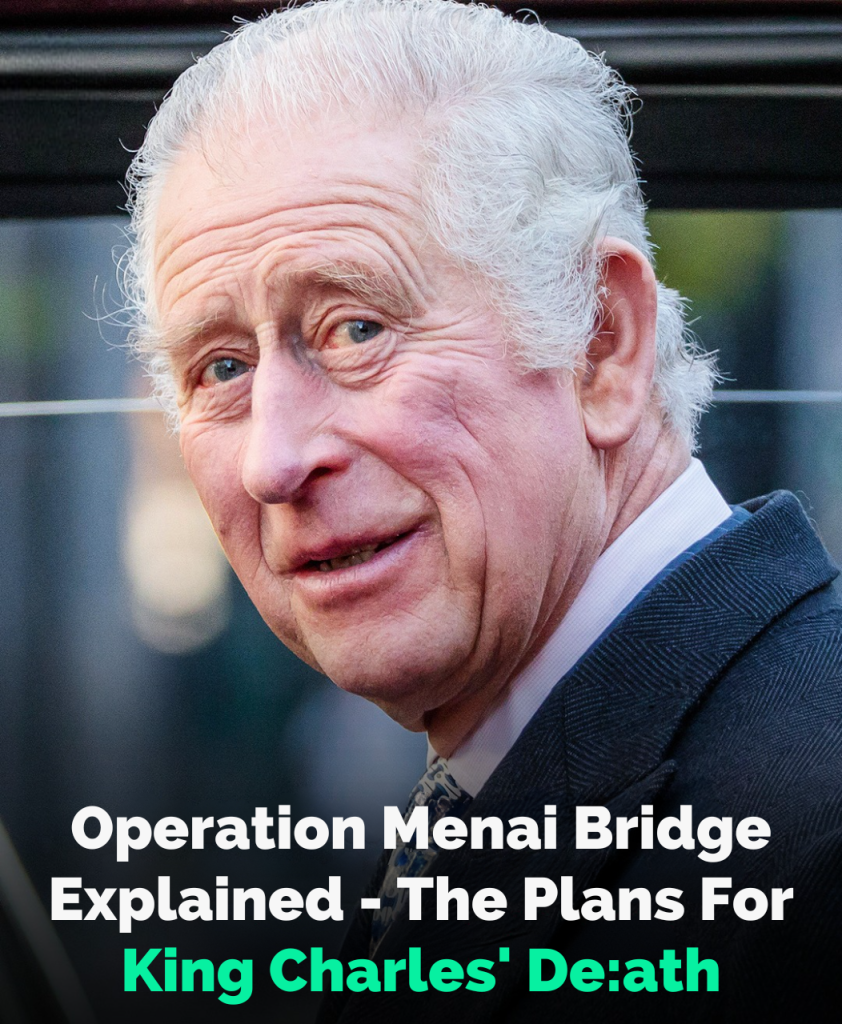
Operation Menai Bridge is the official plan for what will happen when King Charles III passes away.
After his cancer diagnosis, public concern has grown. Just like Operation Forth Bridge was activated for Prince Philip’s death in 2021, every royal has a similar plan.
These code-named operations ensure a smooth, respectful transition. The “bridge” names symbolize a passage from life to death — a royal tradition long in place.
So what are the names of these ‘bridge’ operations?
The Queen: London Bridge
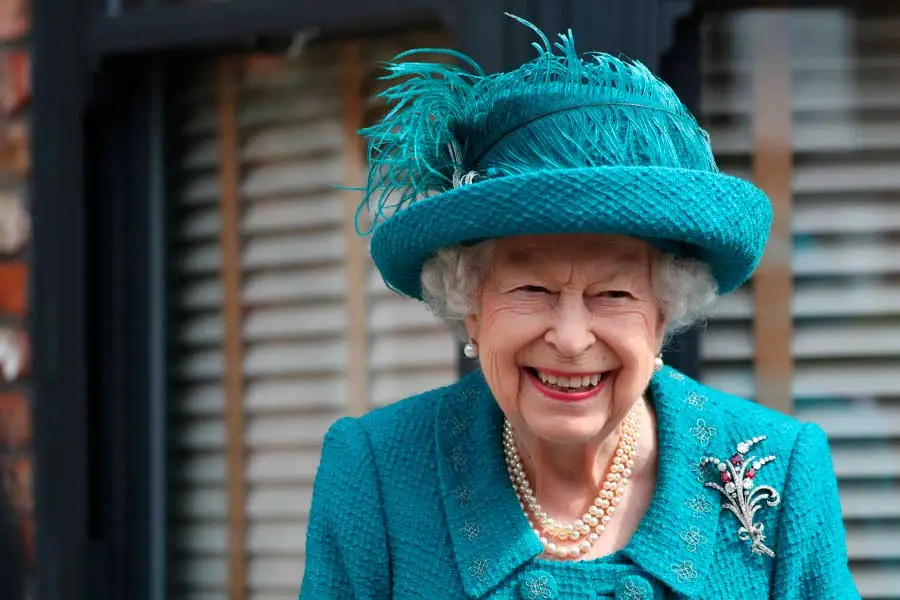
When the Queen passed, her private secretary first informed the Prime Minister.
A formal announcement was then sent to news outlets like the Press Association.
At Buckingham Palace, a black-bordered notice was placed on the gates.
TV networks paused regular shows to air tributes, while newspapers published pre-written obituaries.
Prince Philip: Forth Bridge
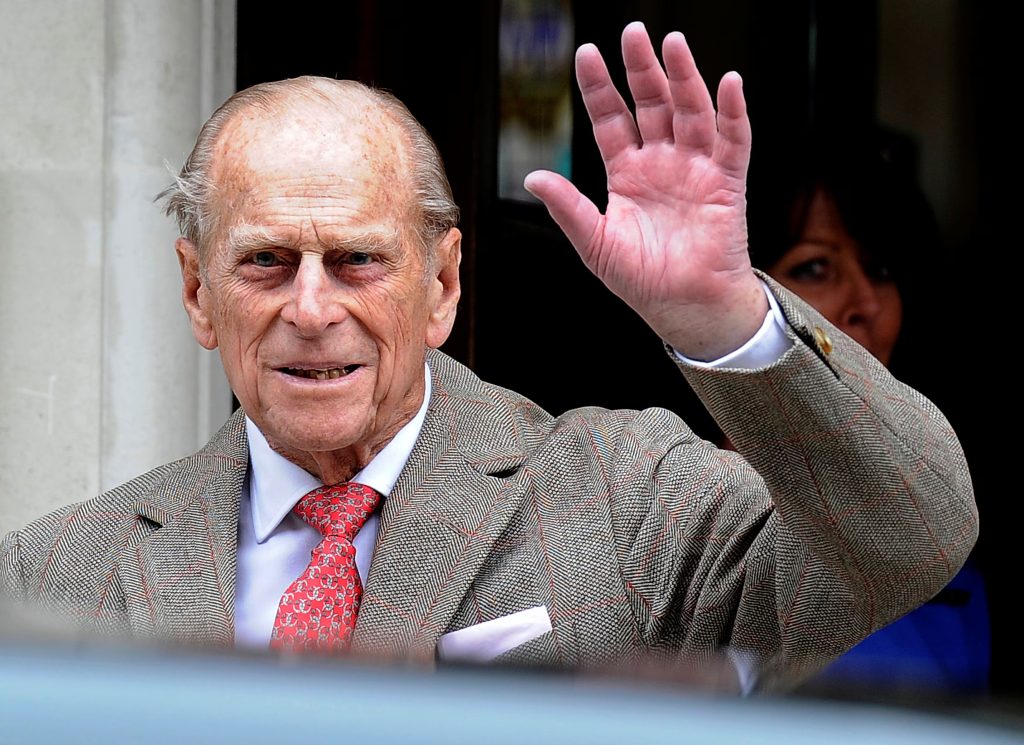
Operation Forth Bridge was Prince Philip’s carefully planned funeral protocol. After his death, Buckingham Palace announced the news, followed by a tribute from Prime Minister Boris Johnson. The UK entered national mourning, with flags at half-mast and black attire on TV.
Honoring Philip’s wishes, there was no state funeral or lying in state. Instead, a small, private military-style ceremony was held at St George’s Chapel, Windsor. Due to COVID-19, only 30 people attended, and the public was asked to stay away.
The operation’s name referenced the Forth Bridge in Scotland, reflecting his title as Duke of Edinburgh.
The Queen Mother: Tay Bridge

In The Crown, Queen Elizabeth refers to her mother’s funeral plan as Operation Tay Bridge, which was the real codename used. When the Queen Mother died in 2002, the long-prepared plan was executed, involving a grand procession and military honors. Interestingly, the same plan was adapted for Princess Diana’s unexpected death in 1997, due to its readiness and structure.
Prince William, Kate Middleton, Prince Harry, and Meghan Markle’s codes
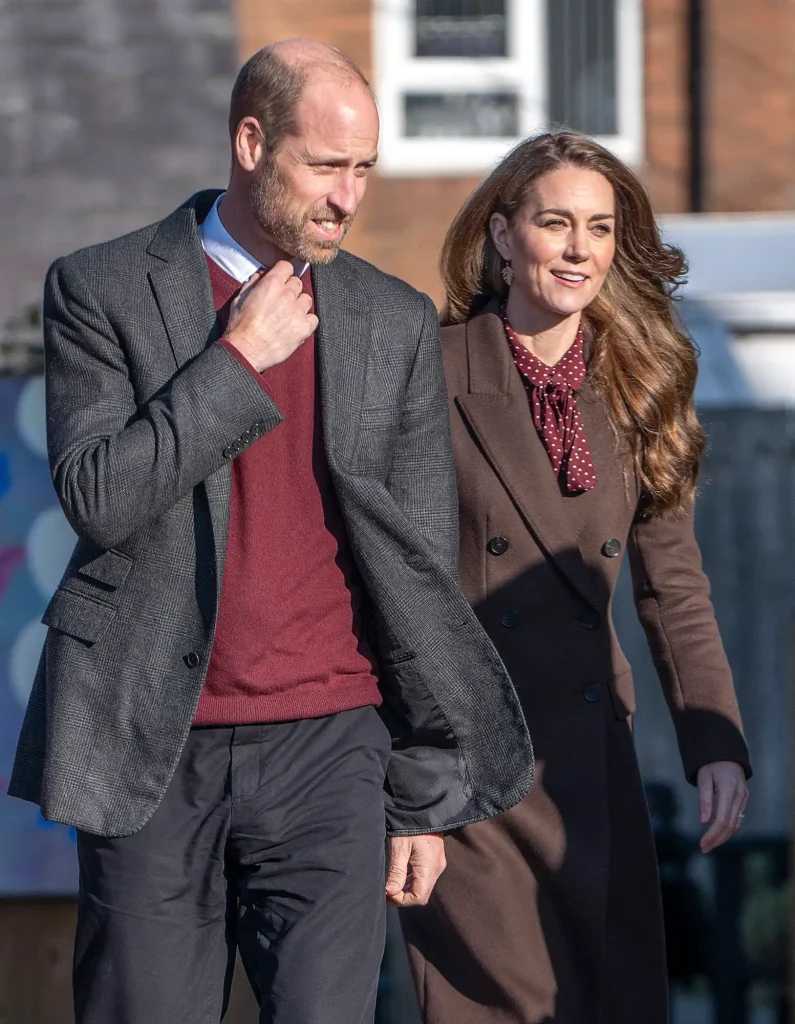
Prince William, Kate Middleton, Prince Harry, and Meghan Markle may not have special code names for use in the event of their deaths, but they do operate under secret royal aliases.
As reported by the Daily Star, Prince William and Kate go by the code names ‘Danny Collins’ and ‘Daphne Clark,’ while Prince Harry and Meghan are referred to as ‘David Stevens’ and ‘Davina Scott.’
The code names for the Duke and Duchess of Cambridge both begin with ‘DC,’ reflecting their official titles. Likewise, the Duke and Duchess of Sussex use aliases with the initials ‘DS.’

A royal insider explained: “If anyone got hold of a phone belonging to a royal aide or security team member, they won’t find Harry Windsor and Meghan’s names in it.
“It is far too risky in the wrong hands. They get given code names, but they are changed regularly for obvious reasons.”
King Charles: Menai Bridge
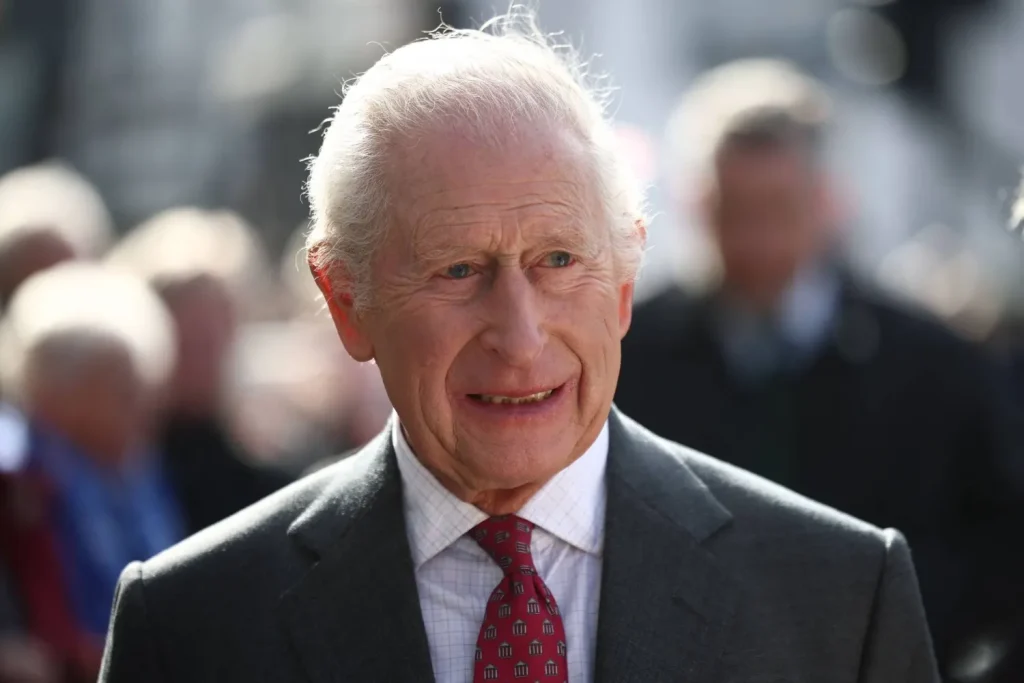
King Charles once held the title of Prince of Wales, and the Menai Suspension Bridge—a well-known Welsh structure linking Anglesey to the mainland—carries a symbolic connection to that role.
Interestingly, the bridge gets a mention in The Crown during an episode focusing on King Charles’s near-death experience in an avalanche. In one scene, the Queen’s secretary informs her of the incident and says rather matter-of-factly: “We have contingency plans for all members of the royal family, including Menai Bridge. It’s the designated code name for the event of the Prince of Wales’s passing.”
King Charles holds the distinction of being the longest-serving Prince of Wales in history, having held the title for 64 years and 44 days. He was also the oldest to serve in the role.
He was named Prince of Wales at just nine years old after his mother, Queen Elizabeth II, ascended the throne. His formal investiture took place in July 1969, in a ceremony held in Wales when he was 20.
During his time in the role, King Charles made a point of embracing Welsh culture. He studied the Welsh language at the University College of Wales for a term and frequently included Welsh phrases in his speeches while visiting the country.
He also established a tradition of spending a week each summer in Wales—known as Wales Week—participating in numerous events and engagements across the country.
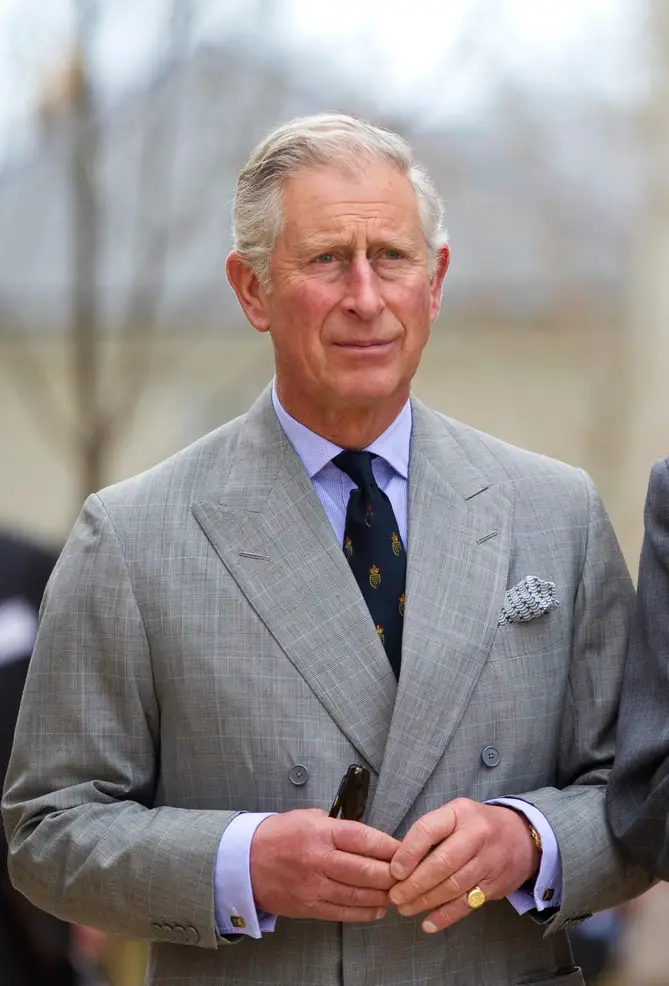
Former Royal Protection Officer Simon Morgan has suggested that preparations for King Charles’s future funeral may have begun not long after he took the throne—at least, that’s what’s been claimed.
“Unfortunately, as of tomorrow morning, planning for Operation Menai Bridge will start in earnest,” Morgan told Today on September 20, 2022. He also noted, “Even the King said in his acceptance that he will take this role for as long as life allows him to.
“He is 73 years of age, it’s got to be in the back of your mind, and from the police, we’ve got to start planning again for the future.”
While no official details of Operation Menai Bridge have been released yet, it’s widely expected to mirror the structure of Operation London Bridge—the protocol that was followed after Queen Elizabeth II’s death.
Based on this, when King Charles eventually passes, the first actions will likely include informing his closest family members, then the Prime Minister. After that, the news will be shared with governments and Commonwealth countries where the King serves as head of state, before finally being announced publicly through the Press Association.
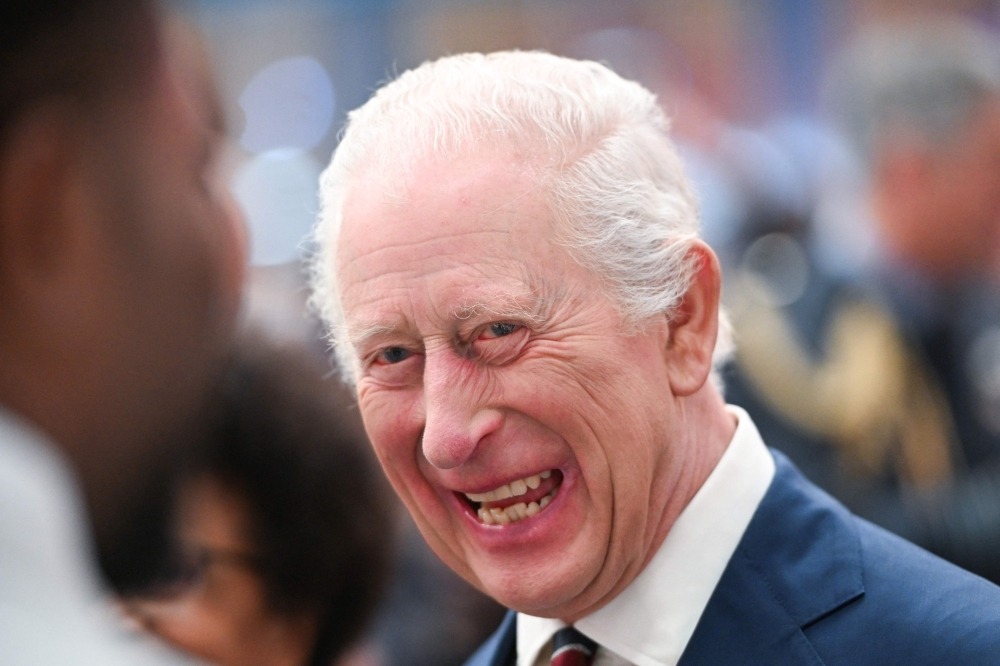
When King Charles passes away, an official notice will be placed on the gates of Buckingham Palace—just as we witnessed after Queen Elizabeth’s death.
Flags across the country will be lowered to half-mast in a sign of mourning, echoing the tradition observed for the late queen.
Although Prince William will instantly become king upon his father’s death, his formal coronation likely won’t happen for several months. That said, he is expected to address the nation on the very same day and begin official duties, including meetings with government leaders.
Meanwhile, King Charles’s body will be moved from the throne room at Buckingham Palace to Westminster Hall, where he will lie in state—a ceremonial step similar to what was done for Queen Elizabeth.
His funeral is expected to take place around nine days after his death, closely following the timeline of the queen’s funeral, which was held 11 days later.
Afterward, King Charles will be interred in the royal vault within the King George VI Memorial Chapel at Windsor Castle.